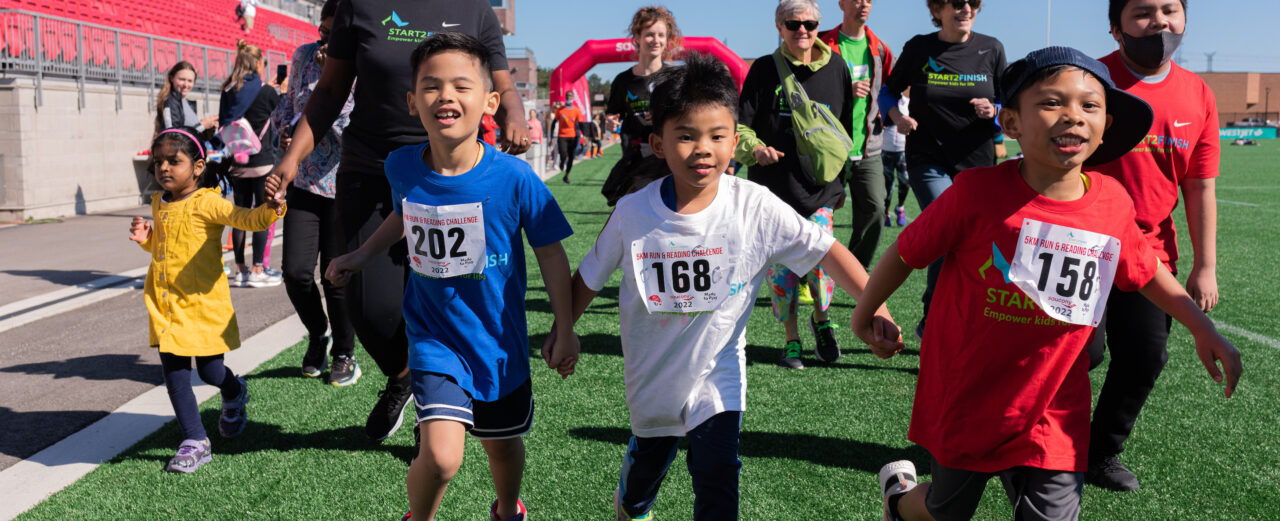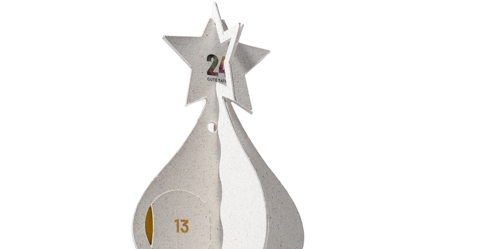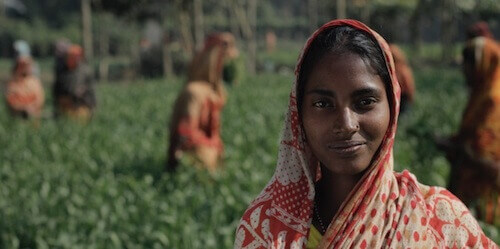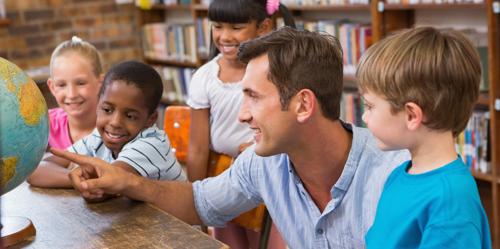 RECOVERING AND THRIVING AFTER COVID-19
RECOVERING AND THRIVING AFTER COVID-19
Empowering kids with skills and competencies to bridge gaps and succeed
Christopher didn’t want to be there. Being in school after the bell rings was the worst thing ever. He could be playing video games. Watching the other kids in the R&R Club+ laugh and run around the gym together made him feel self-conscious, but he put up a tough front. Running made him tired anyway, and reading was way too much work. Coach Ali was his group leader. She got him to open up and he shared he was the “man of steel”. She encouraged him to demonstrate how this man of steel could accomplish the running, circuit training and journal and reading time. That was it. He started pushing himself to run continuously for the full time each week, complete his journal and even read to Coach Ali. Through the program, his overall attitude and focus improved and he increased his reading by 14 levels. His teacher commented, however, that the most growth was in his self-confidence. When he began grade 3, he refused to read aloud. Now he had the skill and confidence and was proud of himself.
Necessity
Education and well-being support for underserved children across Canada
Activity
The R&R Club+ will provide after-school physical activity, social-emotional learning and literacy programming.
Countable effort
Each GOOD DEED will enable a child to participate
in 15 minutes of running/aerobics/games, a social-emotional learning module, and reading support.
Result
625 children will complete a full 2-hour session of the Start2Finish R&R Club+ and improve their fitness, literacy and SEL competencies.
Systemic effect
Equity-deserving children across Canada will be empowered to break the cycle of poverty and build a cycle of success.
Background
Christopher and thousands of other children like him come from equity-deserving/marginalized communities across Canada. In spite of its status as a First World country, 1.3 million (1 in every 5) Canadian children live in poverty (Campaign 2000, 2021 and 2022). These kids have more barriers to sport participation (Clark, W., 2014; Holt, N.L., Kingsley, B.C., Tink, L.N. and Scherer, J., 2011), are more likely to fall behind in reading – and never catch up (Canadian Children’s Literacy Foundation, 2023), and are less likely to stay in school, graduate, and achieve gainful employment (Ferguson, H.B., Bovaird, S. and Mueller, M.P., 2007). As a result of COVID-19, these gaps have been even further widened (James, C.E., 2021). If recovery solutions are not implemented, the chances of success for these children are almost nil.
The good deed
The R&R Club+, delivered 3x/week (1x in-person, 2x online), includes running, aerobics and active games, a nutritious snack, a “Word of the Week” social-emotional learning (SEL) curriculum that builds competencies like resilience, self-regulation, self-confidence, optimism, and time spent reading and/or doing literacy activities with caring volunteer mentors. Start2Finish has developed an Indigenous version in collaboration with First Nations partners, which includes Pow Wow dance and a curriculum founded on “The 7 Teachings”. The R&R program is based on research by S2F's Scientific Advisory Group, which shows exercise regulates the stress hormone (cortisol) and activates the brain’s neurotransmitters (endorphins), improving physical/social-emotional health and learning outcomes for underserved children. The program’s “whole-child” framework empowers kids with physical, mental, social-emotional and academic building blocks to bridge gaps and prepare them for long-term success.
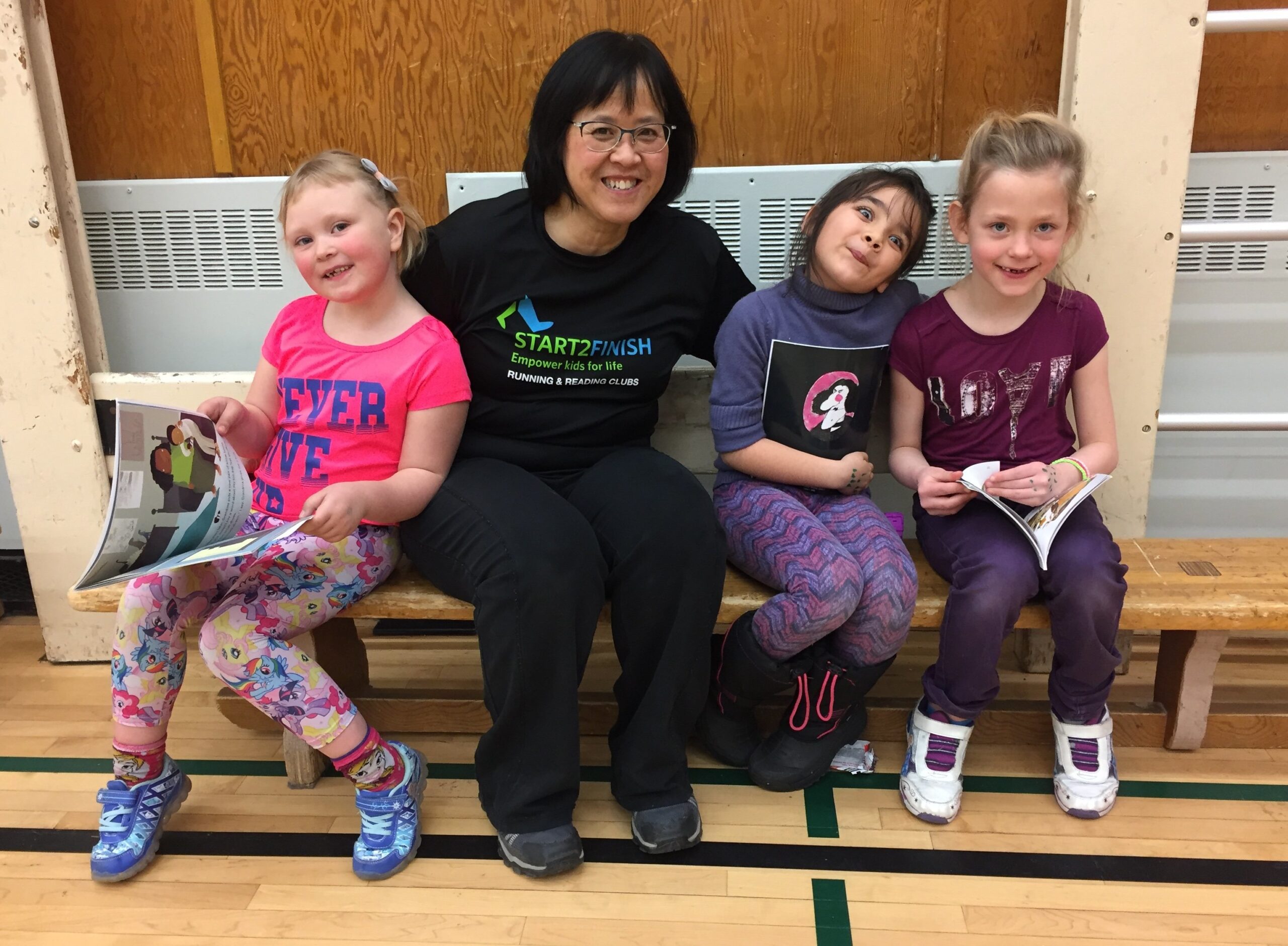
About Canada
Capital of Canada
Ottawa
40 million
as of 16. June 2023
Canada’s population reached the benchmark
Most common occupations in Canada (2016)
Women:
- retail salespersons
- registered nurses and psychiatric nurses
- cashiers
Men:
- transport truck drivers
- retail salespersons
- retail and wholesale trade managers
The Greater Toronto and Hamilton Area (GTHA) is a contiguous urban region with a population of 7.3 million. The GTHA accounts for more than 50% of Ontario's population.
About the organization and further information
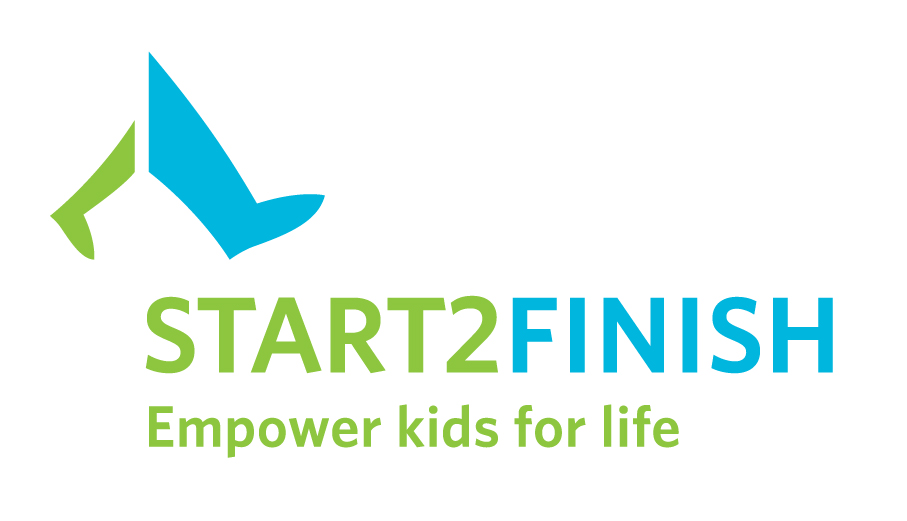
Start2Finish Canada
Website
https://www.start2finishonline.org
Further information and source
- • Ferguson, H.B., Bovaird, S. and Mueller, M.P., 2007. The impact of poverty on educational outcomes for children. Paediatrics & child health, 12(8), pp.701-706
- • Clark, W., 2014. Household income and education of parents influence sports participation. Kids’ Sports. Statistics Canada
- • Children’s Literacy Foundation, 2023. Literacy Facts
- • Campaign 2000, 2021. NO ONE LEFT BEHIND: STRATEGIES FOR AN INCLUSIVE RECOVERY, 2021 Report Card on Child and Family Poverty in Canada
- • James, C.E., 2021. Racial inequity, COVID-19 and the education of Black and other marginalized students. Impacts of COVID-19 in Racialized Communities, 36
